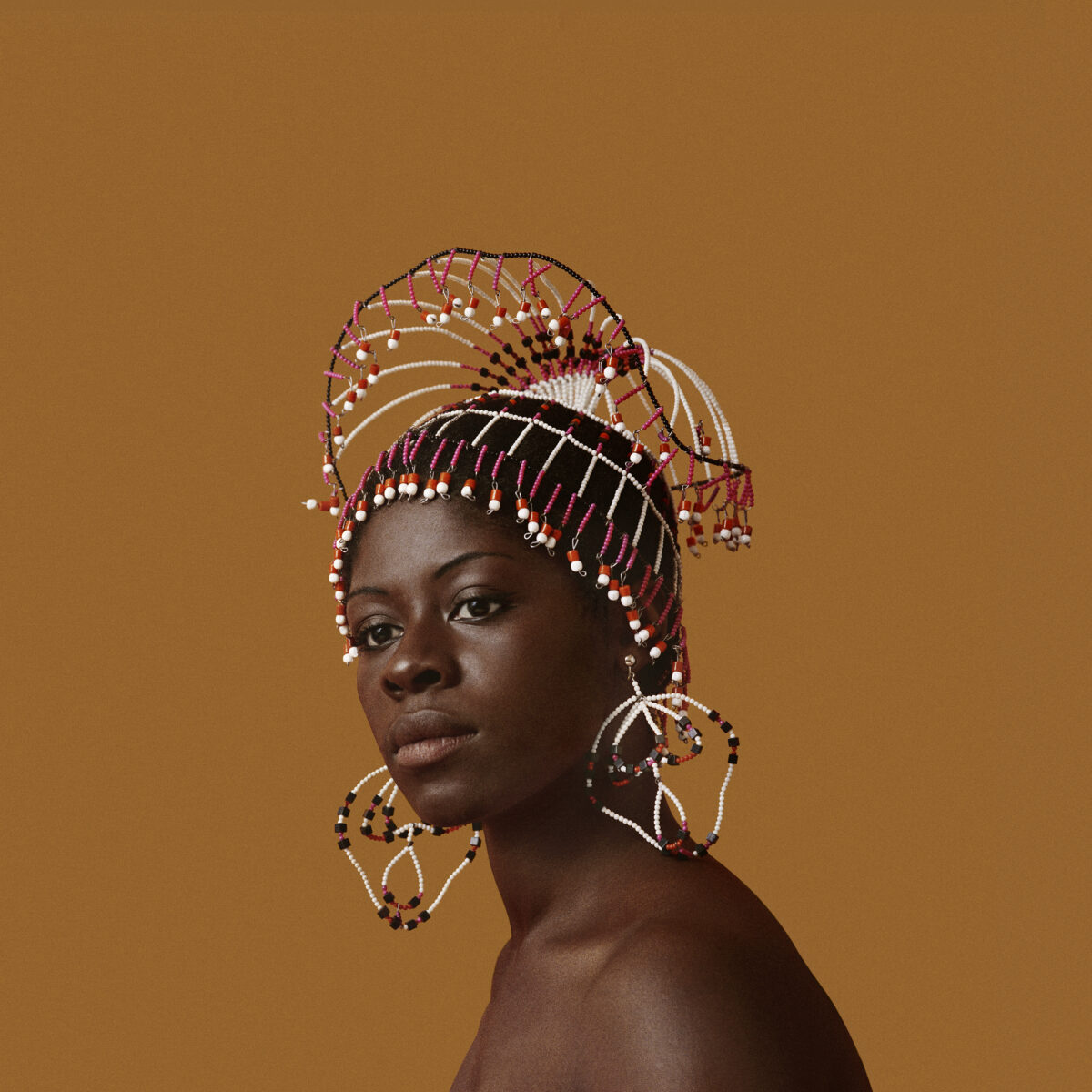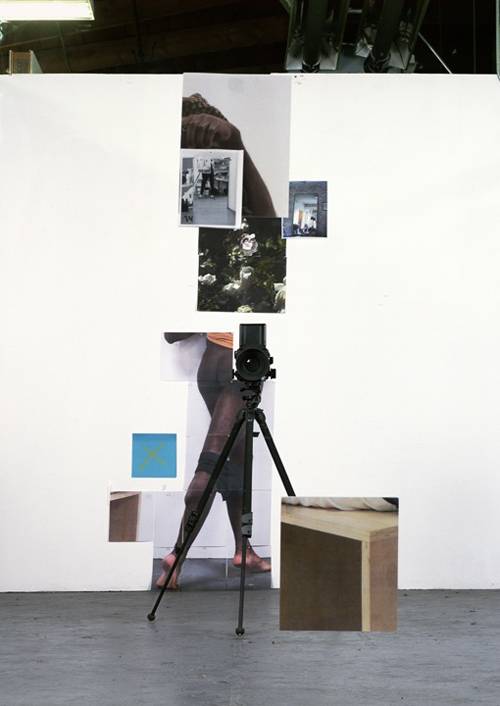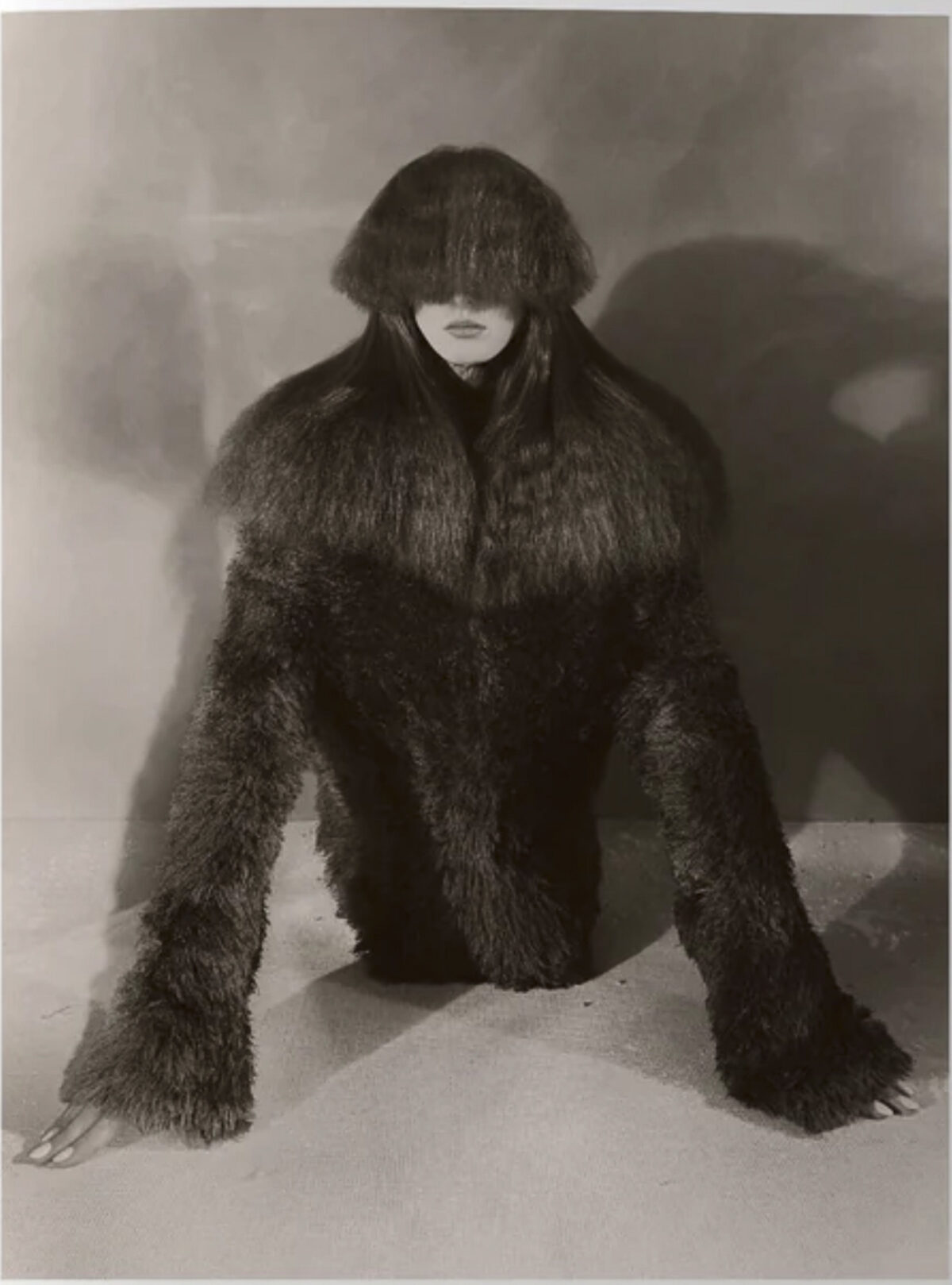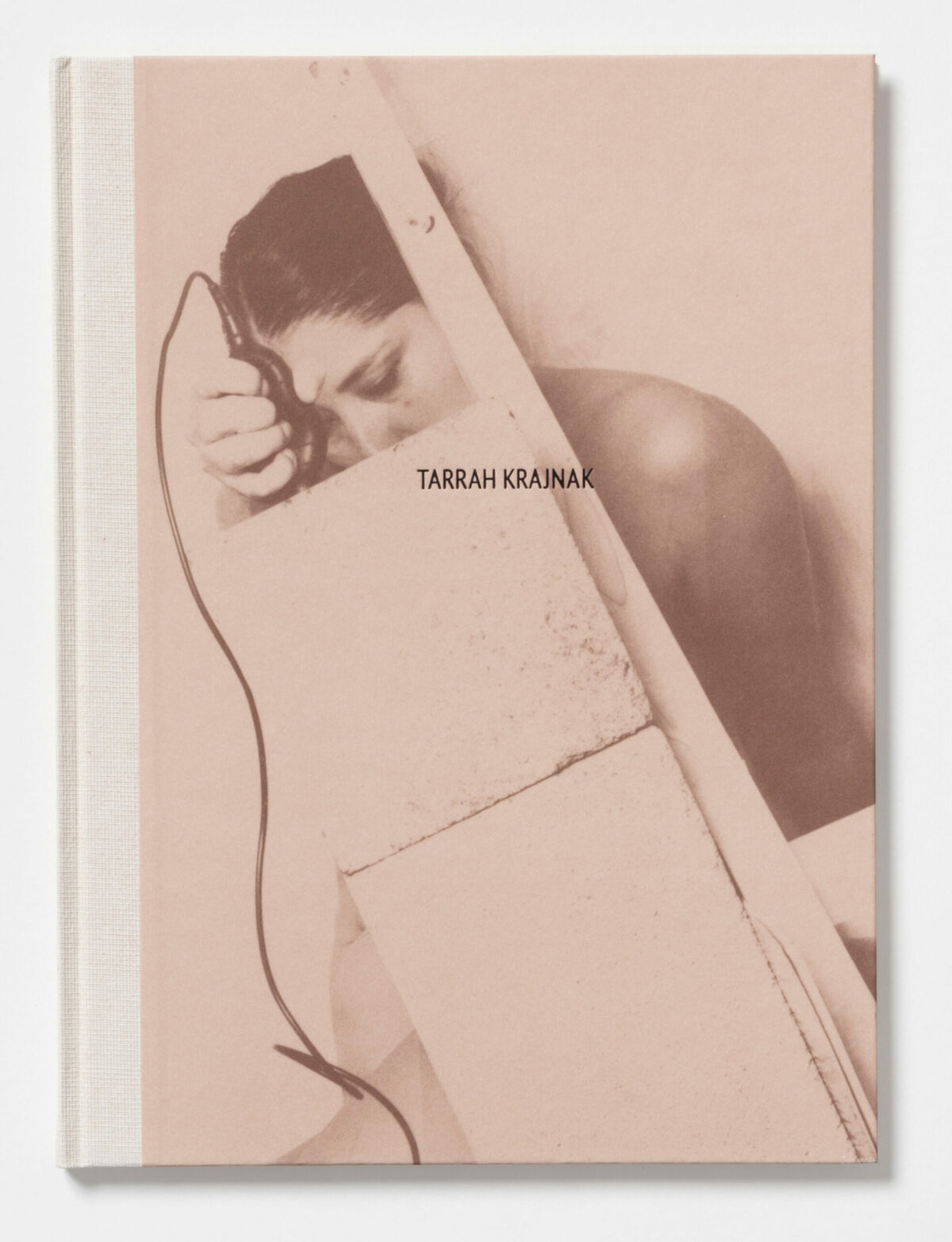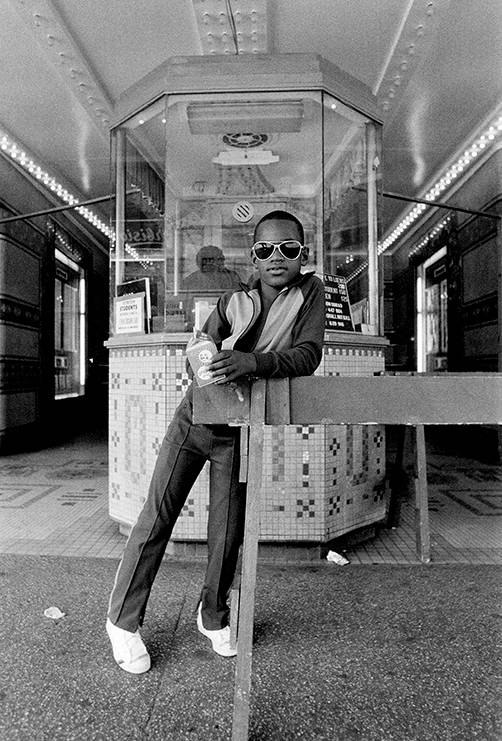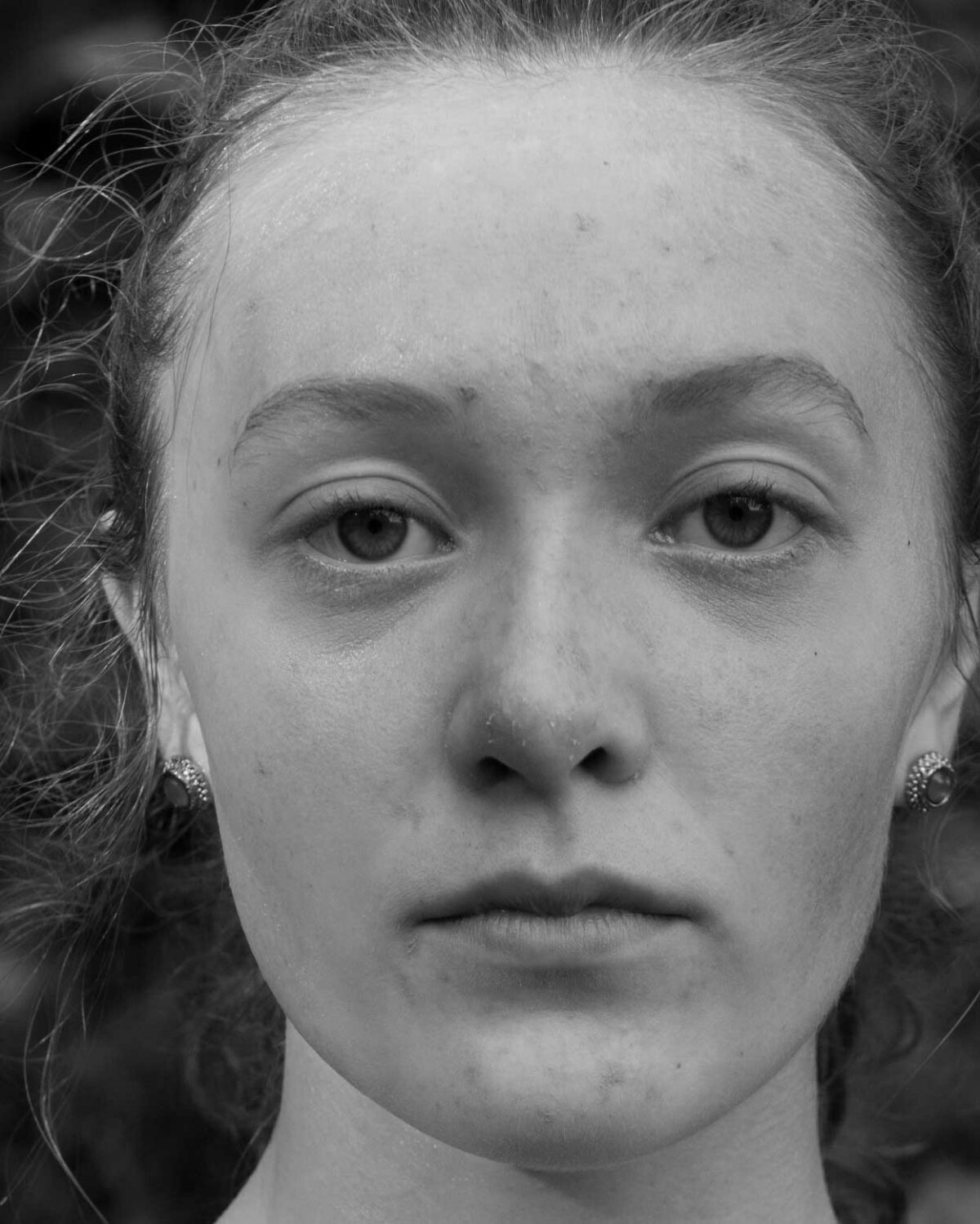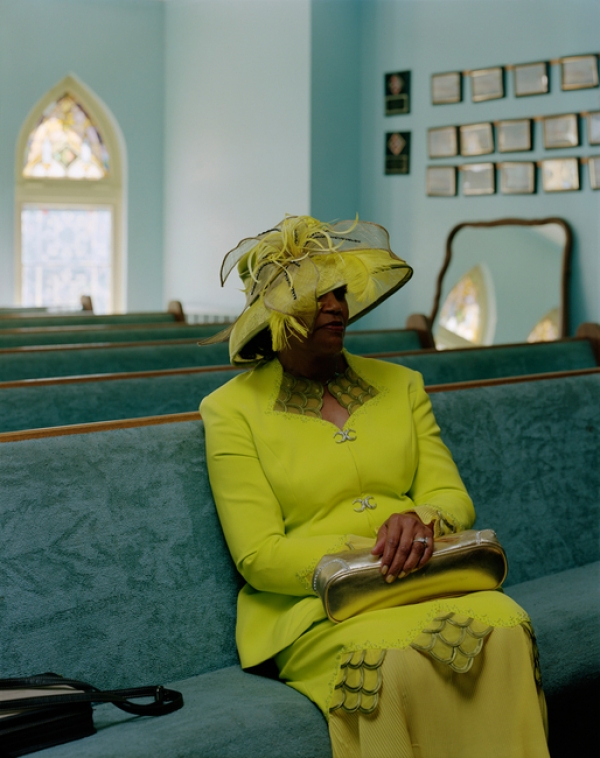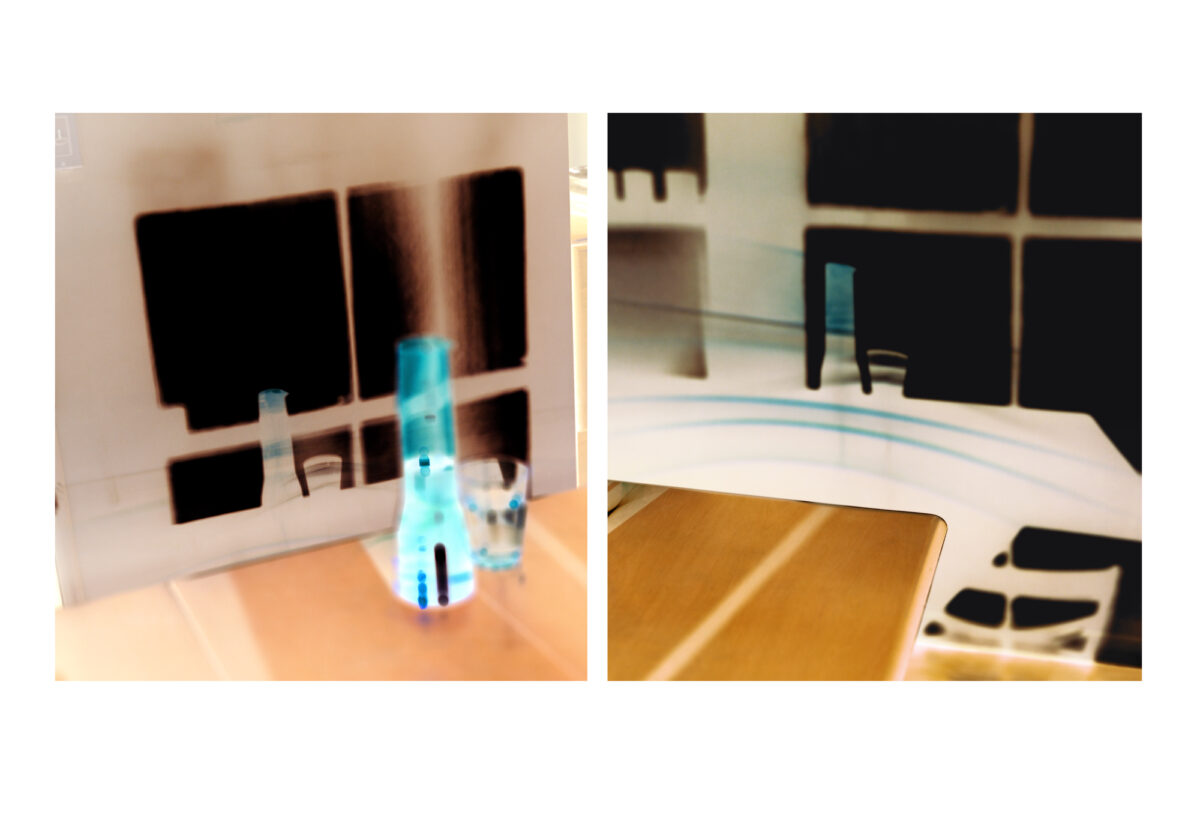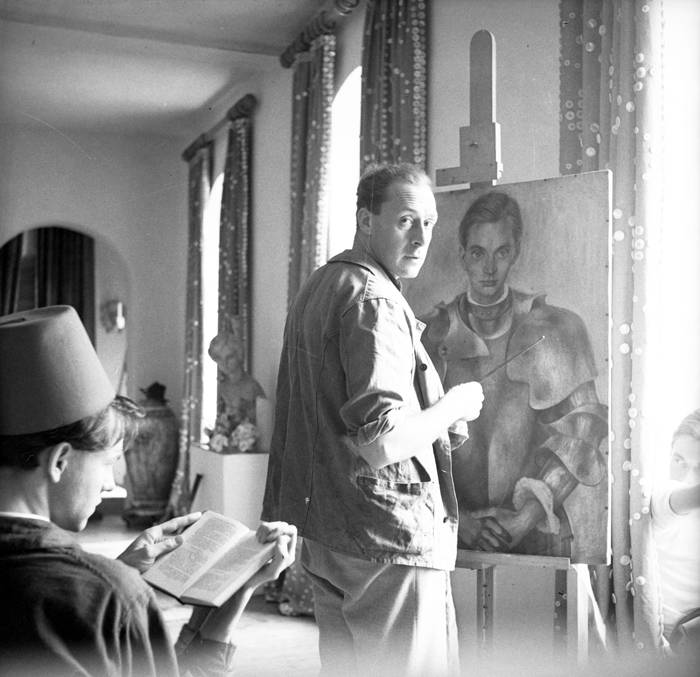

We asked Paul Mpagi Sepuya to tell us about a picture that means something to him, and why. Dark Room: Paul Mpagi Sepuya opens September 17 at Team (Bungalow), Los Angeles, and his work is included in Triggered: Gender as a Tool and a Weapon, opening at the New Museum September 27.
This is a triple portrait of painter Pavel Tchelitchew; his partner, the writer Charles Henri Ford; and their patron and painting subject Peter Watson. Tchelitchew looks over his right shoulder at the camera – Cecil Beaton, the photograph’s author – and at us. Tchelitchew is paused in front of a canvas depicting Watson, whose glance looks past Beaton and us, somewhere out of the frame. To the left, Ford sits absorbed in his own reading, completing the formal elements of the picture while avoiding what Thomas Waugh, in his book Hard to Imagine: Gay Male Eroticism in Photography and Film from Their Beginnings to Stonewall, called the “circuits of the desiring look,” which envelop the other subjects, the photographer, and us as contemporary viewers.
Perhaps Ford is bored by now by Beaton’s unconsummated, flirtatious relationship with Watson. Tchelitchew’s glance appears to me to reveal a depth of understanding of the complicated image in process and its implications. I came across this picture in 2009 just after I began shifting my work from individual portraits of my friends and intimates to looking at what I call the “complications that result from the production and dissemination of portraits” within my queer community. I had made a picture called Site of a Portrait with an uncannily similar set of gazes and composition. In Beaton’s and my triple portraits are laid bare those series of relationships between the makers and patrons, subjects and desirers of images that are uniquely photographic. It is the ability to simultaneously collapse disciplines, and interrupt discrete institutional knowledge through gossip that serves as an important historic marker for my understanding of contemporary queer photo-based practices past, present, and future.

